25 Things You Should Always Pack for a Flight
When it comes to airplane travel, knowing what to bring on for your plane ride can make all the difference between a smooth flight and a stressful one for your long haul flights. Whether if you are taking short flights or in it for a long haul flight this list will help you plan ahead for your next trip. With the ever-changing rules and regulations, packing for air-travel can be confusing, especially when it comes to your carry on essentials.
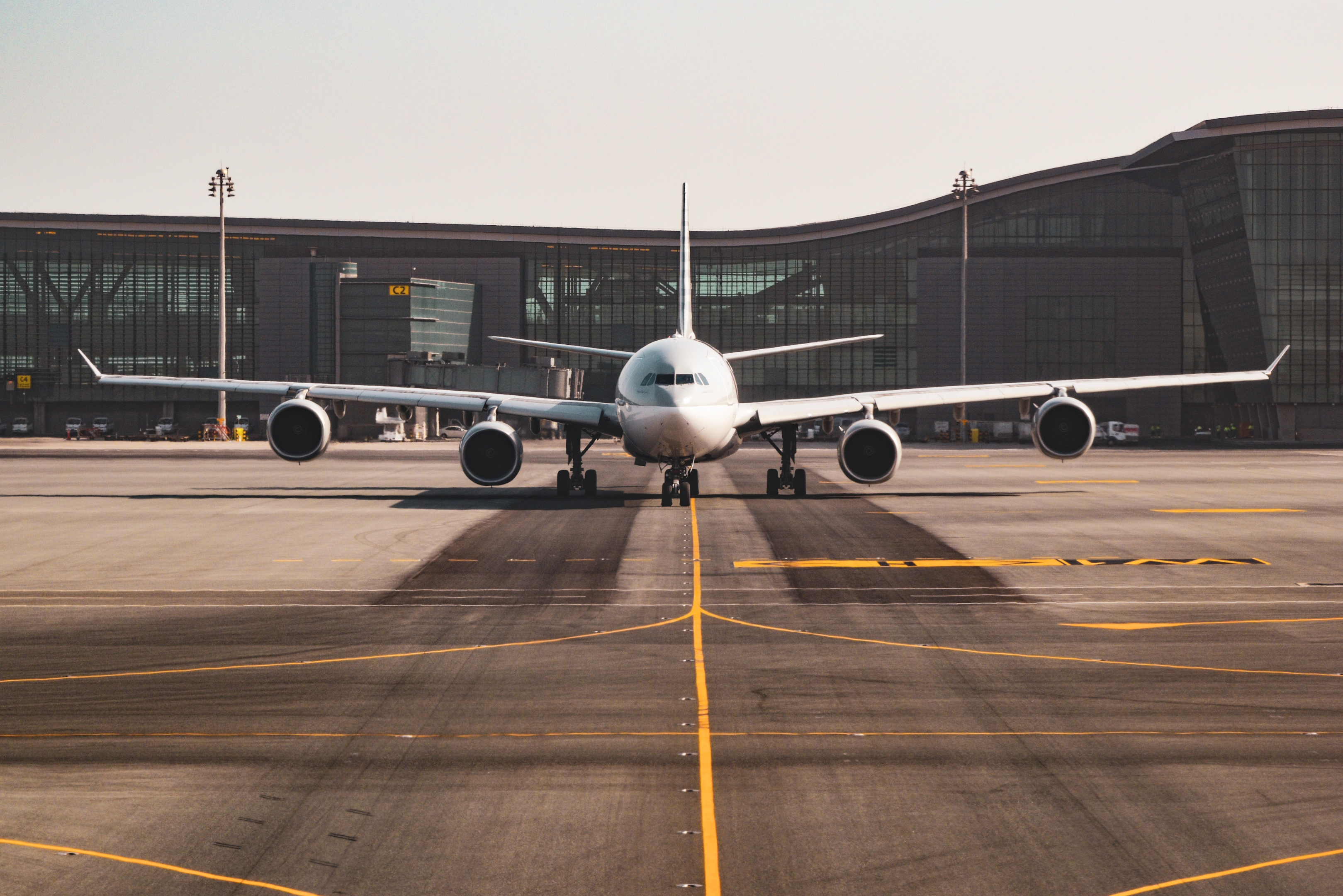
Travel Tips: Packing Checklist Must Haves
Whether you’re going on a long haul flight, an overnight flight, or a short domestic trip, packing smart can save you time, money, and space. Here’s a comprehensive packing list that covers all the must-have items you need to pack in your carry on bag and checked luggage.
- Passport/ID: This is a no-brainer. You won’t get far without your passport or ID. Don’t forget travelers insurance.
- Flight tickets/boarding pass: Again, another essential item you won’t be able to board your flight without.
- Travel wallet: Keep all your valuable documents, cards and cash in one place, so you don’t have to rummage through your bag at the airport. Travel with a VPN for extra protection.
- Travel pillow: The tray table is not a comfy place to rest. Flights can be uncomfortable, so a travel pillow can help you get some much-needed rest.
- Earplugs: These are essential if you want to block out noise and get some sleep on a plane.
- Noise-canceling headphones: If earplugs aren’t enough, invest in a good pair of noise-canceling headphones to help block out the noise.
- Eye mask: An eye mask can help you sleep and block out any light on the plane.
- Water bottle: Staying hydrated is essential when flying. Bring an empty water bottle to fill up after security.
- Snacks: Airline food can be hit or miss, so bring some of your favorite snacks to munch on during the flight.
- Portable charger: Make sure your devices are fully charged and bring a portable charger to keep them powered up during the flight.
- Books/magazines: If you’re not in the mood for a movie, bring a book or some magazines to keep you entertained.
- Compression socks: Long flights can cause swelling in your feet and ankles. These socks can help prevent this.
- Hand sanitizer: Airports and planes can be germ-filled, so make sure you have some hand sanitizer on hand.
- Tissues/wet wipes: A pack of tissues or wet wipes can be a lifesaver when you need to clean up a spill or wipe down a surface.
- Medication: Make sure to bring any medication you may need during the flight, such as pain relievers, motion sickness pills, or allergy medicine.
- Toothbrush/toothpaste: Freshen up during a long flight with a travel-sized toothbrush and toothpaste.
- Deodorant: Keep feeling fresh with a travel-sized deodorant.
- Lotion: Airplanes can be drying, so keep your skin moisturized with some lotion.
- Scarf/shawl/Hoodie: Airplanes can be chilly, so bring a scarf or shawl to keep you warm.
- Comfortable clothes: Opt for comfortable clothes and shoes when flying, as you’ll be sitting for long periods.
- Sunglasses: If you’re flying during the day, bring sunglasses to protect your eyes from the sun.
- Hat: If you don’t want to deal with your hair during a long flight, bring a hat to cover it up.
- Pen: You never know when you’ll need to fill out a customs form, so bring a pen just in case.
- Travel-sized toiletries: If you’re checking a bag, bring travel-sized toiletries to freshen up during a layover. Don’t forget chapstick.
- Change of clothes: If you’re worried about lost luggage or spills, bring a change of clothes in your carry-on bag.
Packing for a flight can be overwhelming, but with this list, you can ensure you have everything you need for a comfortable and stress-free journey. Happy travels!
Packing List Details: What to bring on the plane
Travel documents:
Before you even start packing, make sure you have all your travel documents, including your passport, driver’s license, boarding pass, and any other documents you might need for international travel. It’s also a good idea to have travel insurance in case of any emergencies.
Passport/ID:
This is a no-brainer. You won’t get far without your passport or ID.
Flight tickets/boarding pass:
Again, another essential item you won’t be able to board your flight without.
Travel wallet (with travel documents and credit cards)
A travel wallet is a specialized type of wallet designed to hold your travel documents, credit cards, hotel room keys, driver’s license, all while you’re on the go. It’s typically larger than a standard wallet, with multiple compartments and slots to hold items such as your passport, boarding pass, travel itinerary, travel insurance, and foreign currency.
In addition to travel documents, a travel wallet also includes dedicated slots and pockets for your credit cards, debit cards, and ID cards, so you can keep all your important information in one place. Some travel wallets may also have RFID-blocking technology to protect your cards from fraud and theft.
A travel wallet can help keep your important documents organized and easily accessible, so you can breeze through airport security and check-ins without fumbling through your bags. It also adds an extra layer of security to protect your sensitive information from loss or theft.
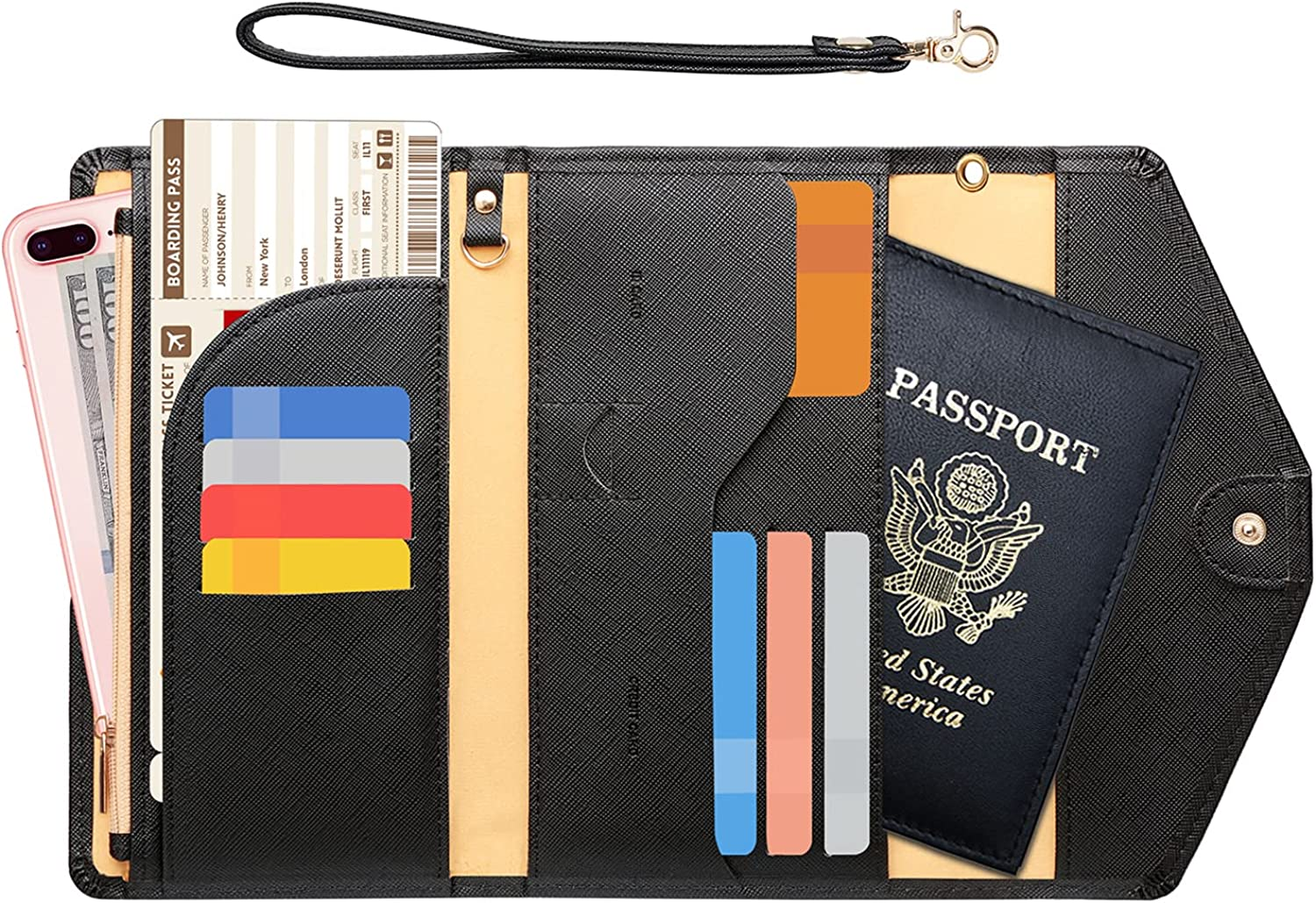
Don’t forget to book travel insurance
Travel insurance can be a valuable investment for anyone who wants protection and peace of mind during their travels. There are several reasons why you might want to consider booking insurance.
Firstly, travel insurance can cover the cost of your trip if you have to cancel or cut it short due to unforeseen circumstances, such as illness or natural disasters. This can give you financial protection and peace of mind when planning your trip.
Secondly, travel insurance can cover the cost of medical expenses you might incur while traveling, such as emergency medical treatment, hospitalization, and medical evacuation. This is especially important if you’re traveling to a foreign country where medical costs can be expensive.
Thirdly, travel insurance can provide coverage for lost, stolen, or damaged luggage and personal belongings during your trip. This can be especially helpful if you’re traveling with valuable items such as electronics or jewelry.
Fourthly,travel insurance can cover the costs associated with travel delays, such as accommodations, meals, and transportation. This can be beneficial if you experience unexpected delays during your trip.
Finally, manytravel insurance policies provide 24/7 emergency assistance services, which can be valuable if you need help finding medical care, legal assistance, or other types of support while traveling.
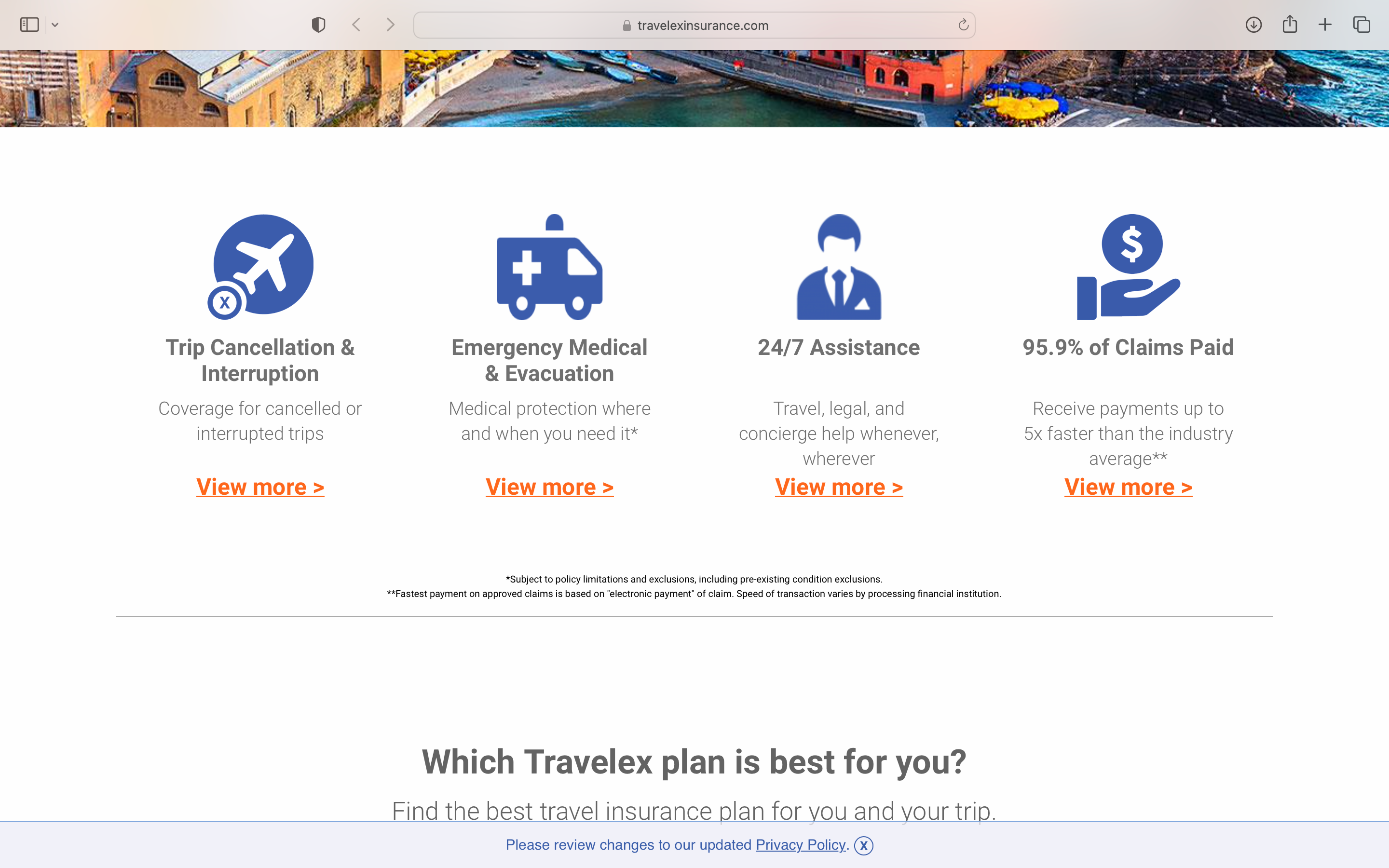
Virtual Private Network
Traveling with a VPN (Virtual Private Network) can provide several benefits to travelers. First, a VPN can help protect your online privacy and security by encrypting your internet connection and shielding your browsing activity from prying eyes. This is particularly important when using public Wi-Fi networks, which can be vulnerable to hackers and cybercriminals.
Second, a VPN can help you bypass internet censorship and access geo-restricted content while traveling. This means you can access websites and services that may be blocked in certain countries, such as social media platforms or streaming services.
Finally, using a VPN can help you save money on flights and accommodations by allowing you to search for deals and discounts from different locations around the world. This is because some airlines and hotels may offer different prices depending on your location.
Carry on luggage & Checked Luggage:
You can save money on checked luggage fees, make sure you pack everything you need in your carry on items. Check the airline’s weight limit and make sure your carry on luggage meets their size requirements.
When it comes to choosing the best type of luggage for plane travel, there are several factors to consider, such as the length of your trip, the amount of items you need to pack, and your personal preferences. Here are some of the most popular options for travel bags:
- Personal Item: This is a purse or backpack that fits under the seat in front of yours. Your personal item will allow for quick access during the flight and should be where your most important items are kept. I keep all my food, water, and entertainment items in my personal item. My personal item is also where I keep my wallet and travel docs.
- Carry-on luggage: This is a small, lightweight suitcase that can be taken on board the plane with you. This suitcase goes in the overhead bin. It’s ideal for short trips or if you want to avoid checked baggage fees. Make sure to check the airline’s size and weight restrictions for carry-ons in the overhead bin.
- Checked luggage: This is larger, heavier suitcase that is checked in at the airport and stored in the cargo hold of the plane and not inside the overhead bins. It’s suitable for longer trips or if you need to pack bulkier items. Check the airline’s weight and size restrictions for checked baggages. Checking bags are returned to you at the final destination.
- Backpacks: Backpacks are a versatile option for plane travel as they can be used as carry-on or as a personal item that fits under the seat in front of you. They’re great for outdoor activities or if you need to carry a lot of items with you.
- Duffel bags: Duffel bags are another versatile option for plane travel. They can be used as carry-on or checked suitcase, depending on their size. They’re also lightweight and easy to pack.
- Spinner luggage: Spinner suitcases has four wheels that rotate 360 degrees, making it easy to maneuver through the airport. It’s available in both carry-on and checked sizes and is ideal for longer trips or if you need to pack heavy items. No matter if you are using a carry on suitcase or a checked bag, always go for spinner hardshell suitcase. They are the best and most durable luggage out there.
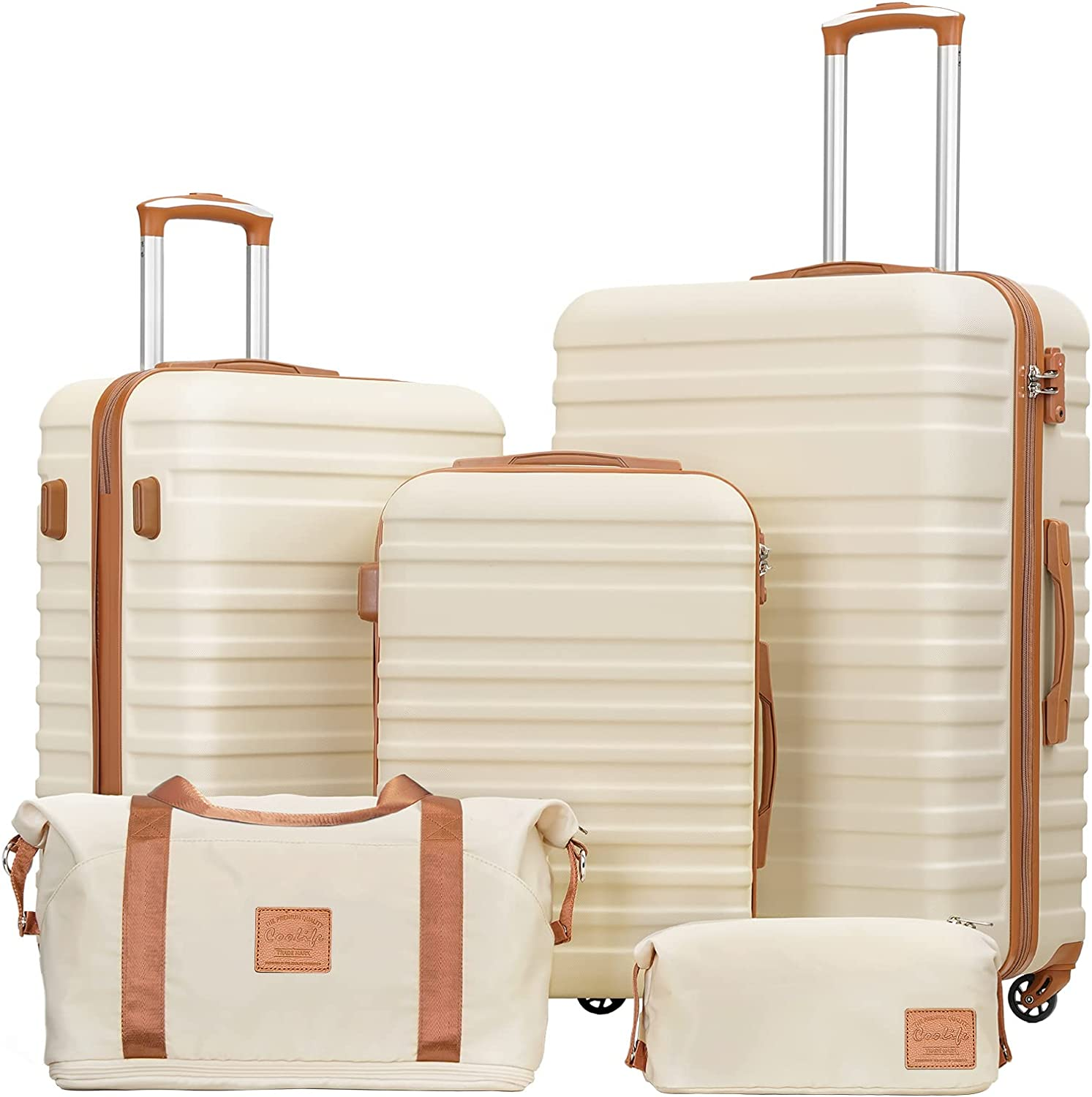
Packing Cubes
Packing cubes are small containers, often made of lightweight fabric, that are designed to help travelers organize their packing space. They are typically rectangular or cube-shaped and come in various sizes, making it easy to fit them into suitcases or backpacks.
Packing cubes have become popular among travelers because they provide an efficient and organized way to pack. They allow travelers to separate and categorize their belongings, making it easier to find what they need and avoid rummaging through a disorganized suitcase.
There are many different types of packing cubes available, each with its own unique features. Some have mesh panels or windows that allow you to see the contents without opening the cube. Others have compression zippers that can compress the contents of the cube, making it easier to fit more items into your bags.
Packing cubes come in a variety of materials, including nylon, polyester, and mesh. They are often sold in sets of multiple cubes, each with a different size and shape to fit different types of clothing or gear.

Carry on essentials:
Your carry on essentials should include a travel pillow, eye mask, noise canceling headphones, and a natural sleep aid if you need it. In-flight entertainment is a must-have, so bring an e-reader, downloaded media, or even a laptop.
Travel pillow:
A travel pillow is a small, portable pillow designed to provide comfort and support while traveling. It’s typically used on airplanes, trains, and buses to help travelers sleep more comfortably during long journeys.
Travel pillows come in a variety of shapes and sizes, but they’re typically smaller and more compact than regular pillows. Some common shapes include the classic U-shaped pillow, which wraps around the neck, and rectangular pillows that can be tucked under the chin or behind the head.
Travel pillows are often made from soft, cushioning materials like memory foam, down feathers, or microbeads. Some models also come with removable covers that can be washed or swapped out for different colors and patterns.
A good travel pillow can help reduce neck and shoulder pain by providing support to the head and neck while sleeping upright. It can also help prevent stiffness and discomfort during long flights or train rides. When shopping for a travel pillow, it’s important to consider factors like size, shape, material, and portability to ensure that you find the right neck pillow for your needs.
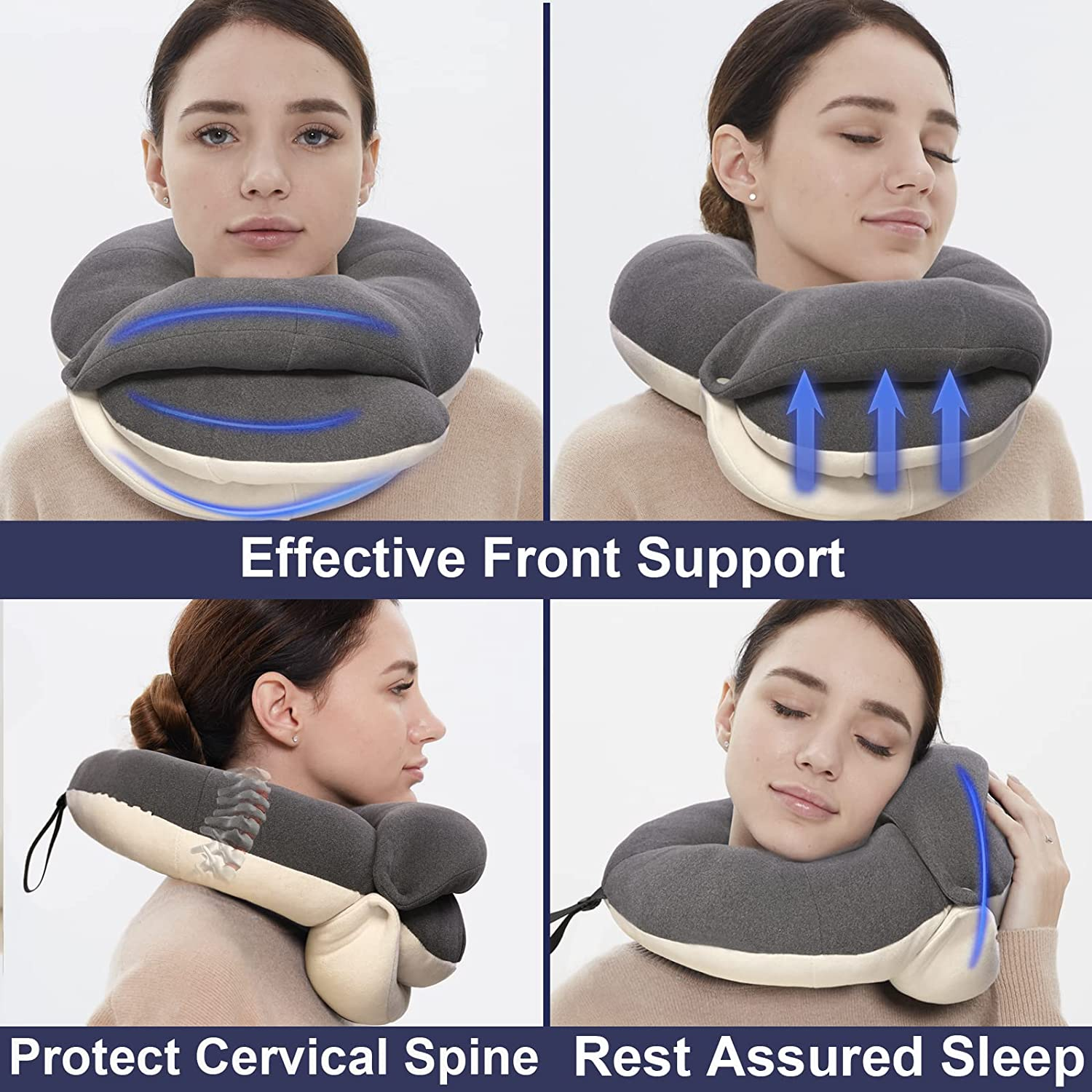
Travel blanket
The BlueHills Premium Soft Travel Blanket Pillow is a versatile and comfortable travel accessory. It is a soft blanket that can be packed into a pillowcase for convenient storage and portability. It also comes with a hand luggage belt and backpack clip, making it easy to attach to your luggage. The compact design and large size make it suitable for any type of travel.
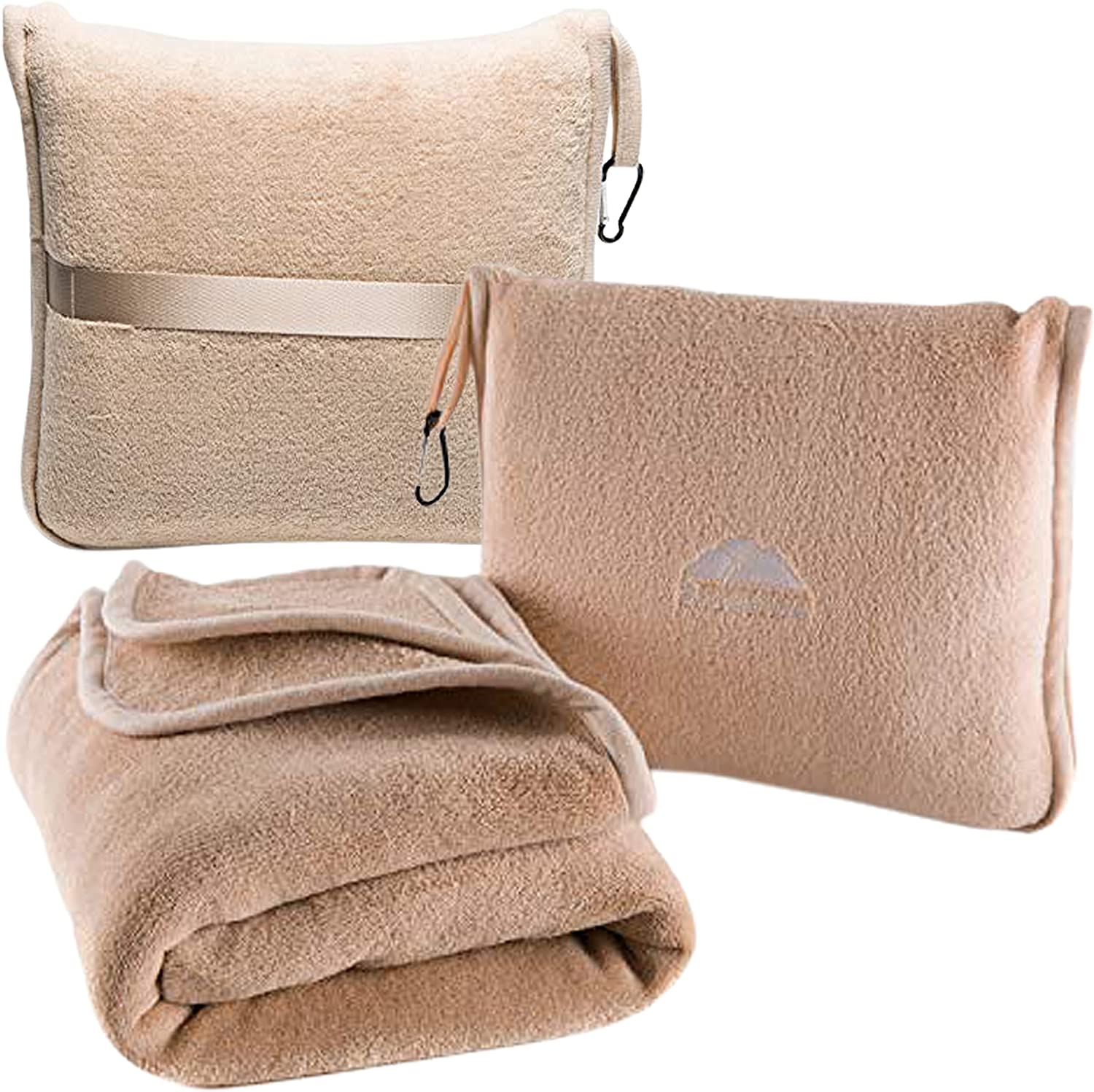
Eye mask:
The Nodpod Gentle Pressure Sleep Maskis a sleep mask that provides a soothing and calming sensation by using gentle pressure. The mask is designed to contour to your face and is weighted to provide a comfortable and secure fit. It can be used for travel, naps, or as part of a regular sleep routine.
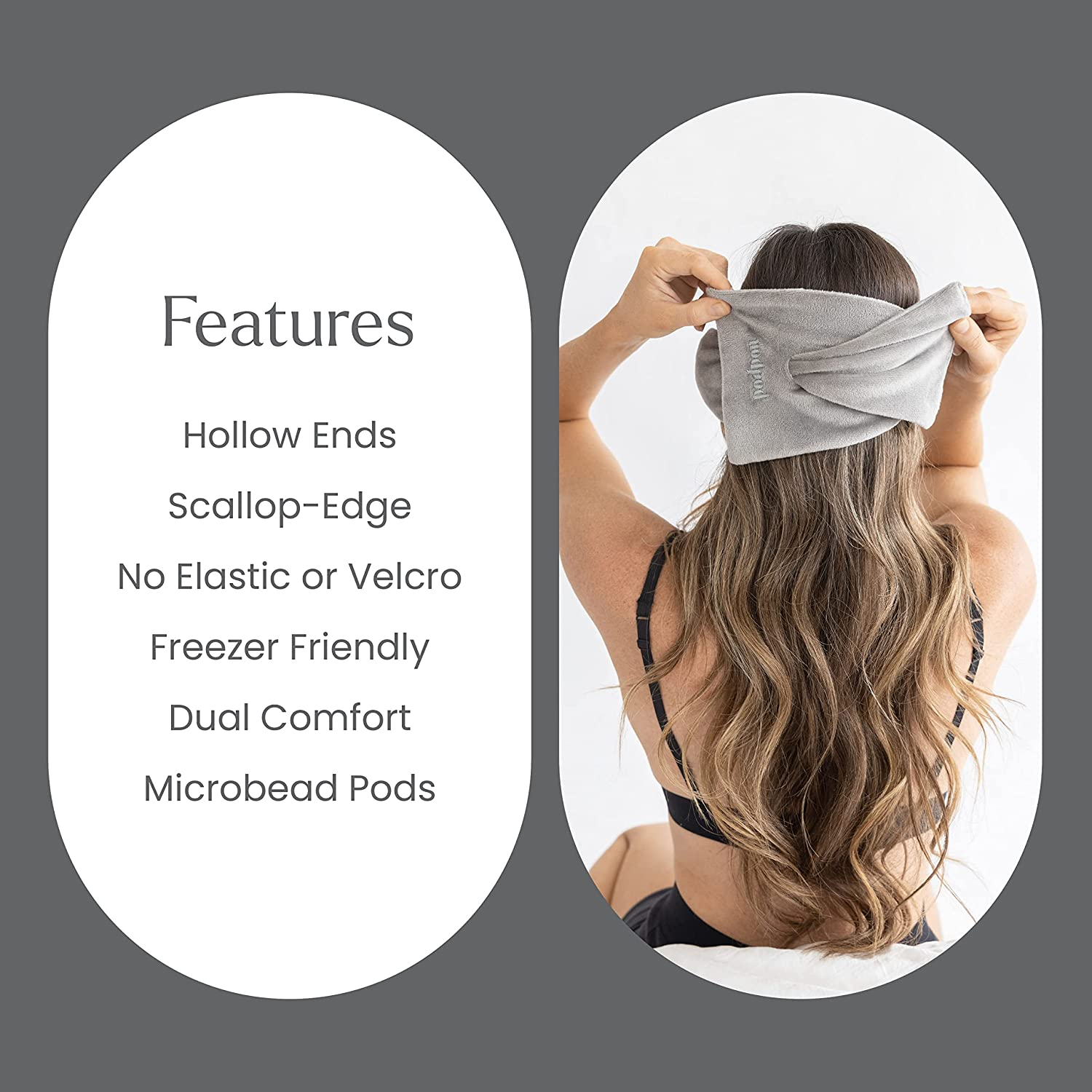
A reliable pair of Headphones or Earphones
There are several reasons why you might want to bring headphones on a plane ride:
Noise reduction: Noise cancelling headphones can help block out the noise of the airplane engines, which can be especially useful during takeoff and landing.
In-flight entertainment: Many airlines provide in-flight entertainment systems, such as movies and music, that can be accessed through headphones. Bringing your own headphones can ensure that you have a comfortable and high-quality listening experience.
Personal entertainment: If you prefer to bring your own entertainment, such as music or podcasts, headphones are essential for privacy and to avoid disturbing other passengers.
Communication: If you need to make a phone call or participate in a video conference during the flight, headphones can provide better sound quality and help you hear more clearly.
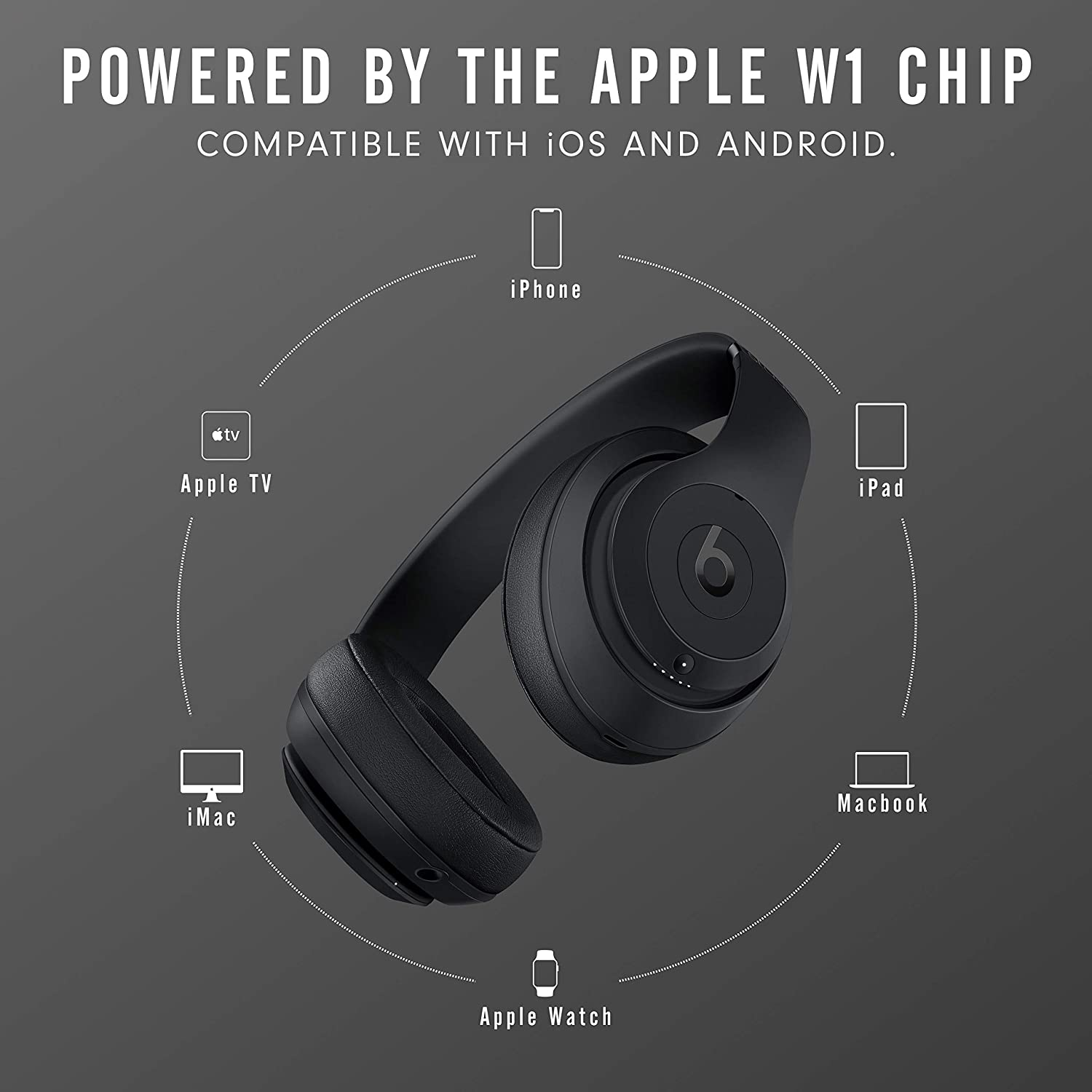
Reusable water bottle
When traveling by plane, bringing a reusable water bottlecan have several benefits. One of the main advantages is convenience. Many airports now have water refill stations that allow you to refill your bottle after going through security, saving you money and time looking for a place to buy bottled water.
Another significant advantage is sustainability. Plastic water bottles are a significant source of waste, and many end up in landfills or oceans, where they can harm wildlife. By bringing a reusable water bottle, you can reduce the amount of plastic waste generated during your travels.
In addition to being sustainable, having a reusable water bottle on hand can help you stay hydrated throughout the flight. The dry air in the cabin can cause dehydration, so it’s essential to stay hydrated during airplane travel. Having a reusable water bottle ensures that you have access to water whenever you need it.
Finally, bringing your own reusable water bottle can help you save money on drinks during your trip. Buying bottled water in the airport or on the plane can be expensive, and bringing your own bottle allows you to avoid those costs.
Look into a collapsible water bottle for compact and accessible drinking. A collapsible water bottle is a portable, lightweight water bottle that can be compressed and rolled up for easy storage when not in use. These bottles are typically made from flexible materials such as silicone or plastic and are designed to be durable and leak-proof. They are a convenient option for travelers, hikers, and anyone on the go who wants to stay hydrated while minimizing the space their water bottle takes up in their bag.
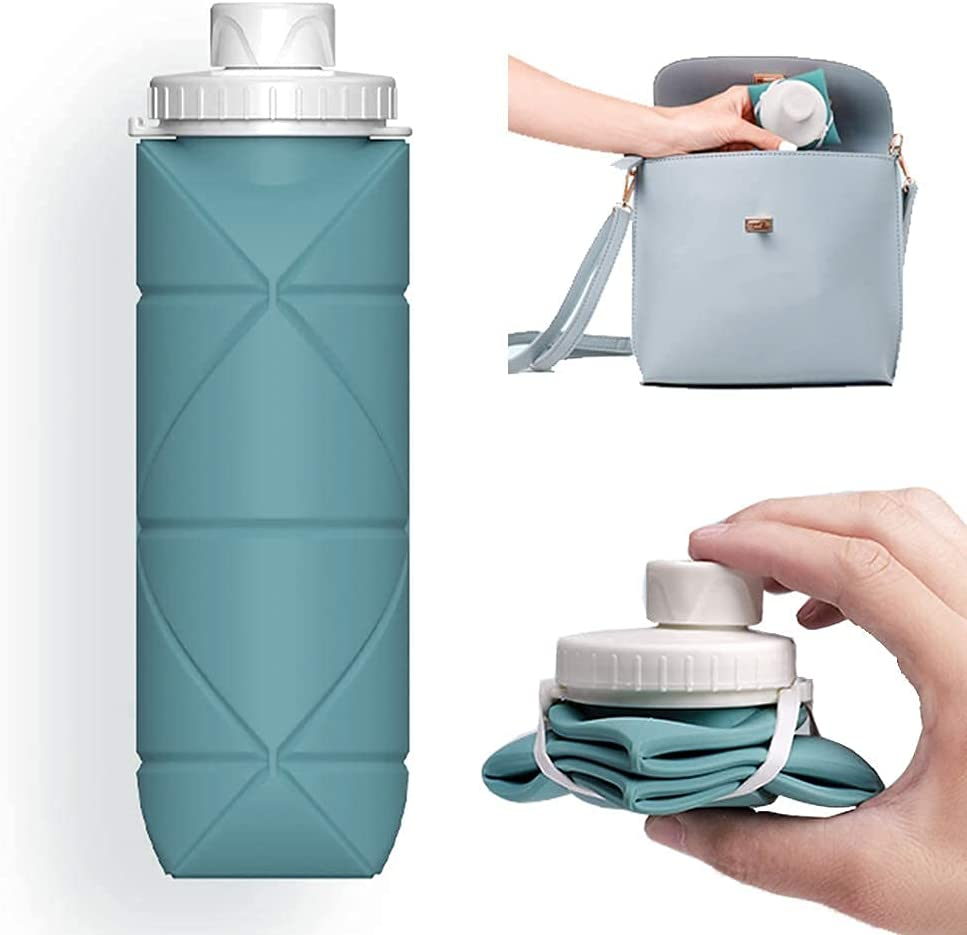
Entertainment
Snacks:
Airline food can be hit or miss, so bring some of your favorite snacks to munch on during the flight.
Portable charger:
Make sure your devices are fully charged and bring a portable charger to keep them powered up during the flight. A power bank will save you from being in a new place with no cell phone. Do not forget a phone charger cord or your power bank is useless.
Books/magazines:
If you’re not in the mood for a movie, bring a book or some magazines to keep you entertained. You can use the overhead light to read without disturbing other passengers.
Pen:
You never know when you’ll need to fill out a customs form, so bring a pen just in case.
iPad/Tablet/Laptop/E Reader
Make sure you download a move in advance and have your electronics fully charger. That way you can watch movies and not have to worry about a wifi connection.
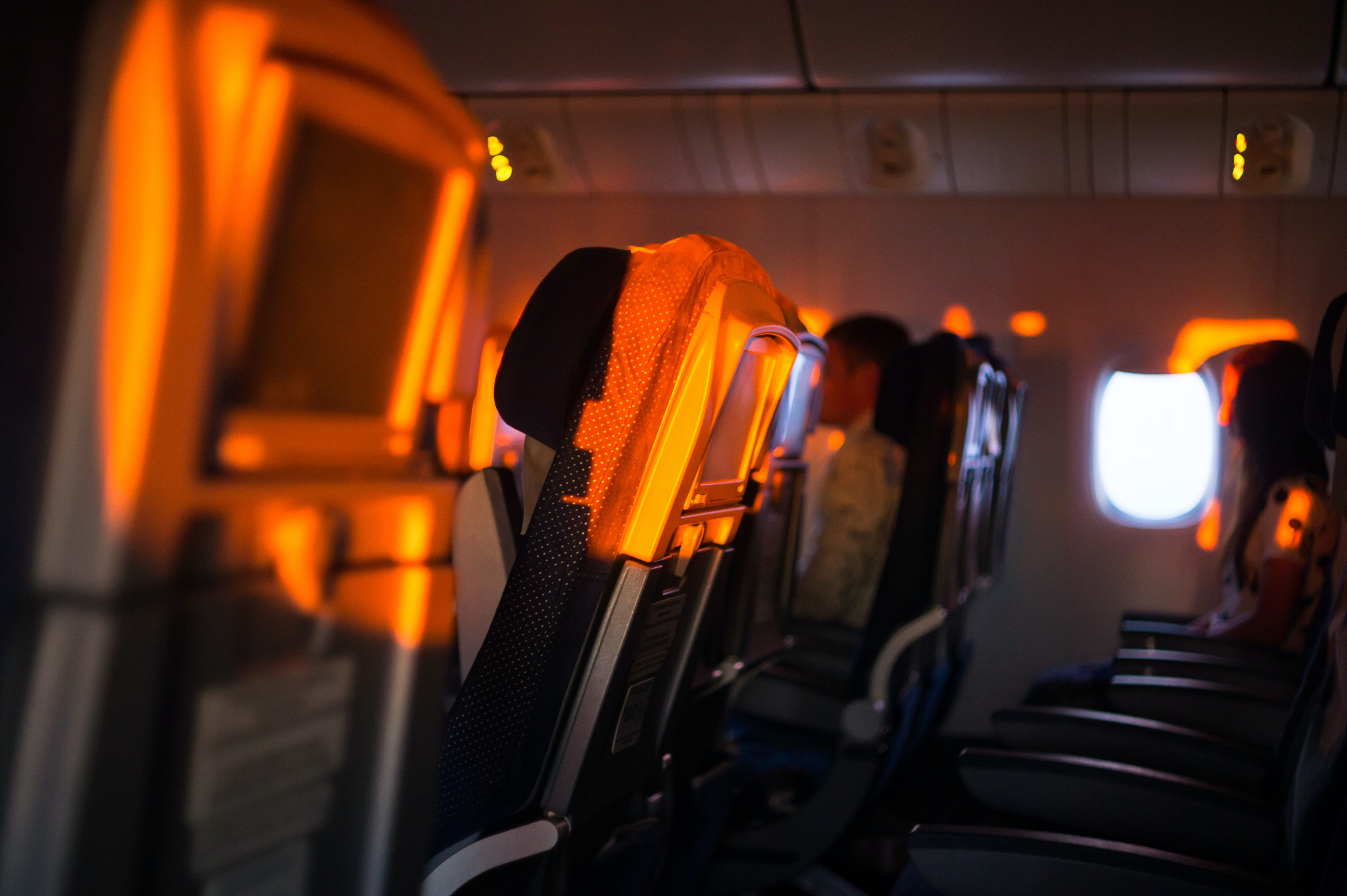
Basic toiletries:
Pack in your carry-on bag some basic toiletries such as lip balm, hand sanitizer, and a lightweight jacket. A quart-sized bag can help keep your items organized and save you time at airport security. You will want to be able to freshen up if you have a long travel day or have any overnight flights.
Travel-sized toiletries:
If you’re checking a bag, bring travel-sized toiletries to freshen up during a layover. You can bring makeup if you want to be able to touch up through a long travel day.
Hand sanitizer:
Airports and planes can be germ-filled, so make sure you have some hand sanitizer on hand.
Deodorant:
Keep feeling fresh with a travel-sized deodorant.
Lotion:
Airplanes can be drying, so keep your skin moisturized with some lotion.
Toothbrush/toothpaste:
Freshen up during a long flight with a travel-sizedtoothbrush and toothpaste.
Tissues/wet wipes:
A pack of tissues or wet wipes can be a lifesaver when you need to clean up a spill or wipe down a surface.
Lip balm
In flight humidity and altitude may cause dry skin. To combat dry air, make sure to carry hydrating lip balms that have soothing natural oils that are antiseptic.
General Medications:
Make sure to bring any medication you may need during the flight, such as pain relievers, motion sickness pills, or allergy medicine. Maybe even pack a mini first aid kit if you are traveling with kids or a group of people. Everyone needs a travel mom to look out for them.
Note: Pack your liquids for carry-on
The TSA (Transportation Security Administration) has specific rules for liquids that passengers are allowed to bring on board airplanes. These rules are designed to ensure the safety of all passengers on the flight. Here are the general rules for liquids:
- Liquids must be in containers that hold 3.4 ounces (100 milliliters) or less per item.
- All liquids, including toiletries such as toothpaste and shampoo, must be placed in a clear, plastic, quart-sized bag.
- Each passenger is allowed one quart-sized bag of liquids.
- The bag must be placed in a carry-on bag or checked luggage.
- Medications, baby formula, and breast milk are exempt from the 3.4-ounce limit and are allowed in larger quantities. However, they must be declared and presented to TSA for inspection.
- Any liquids that are prohibited, such as flammable or explosive liquids, are not allowed on board the plane.
It’s important to note that these rules apply to all flights departing from U.S. airports and some other countries may have different rules. It’s always best to check with the airline or airport before traveling to ensure compliance with their specific regulations.
Travel Wardrobe
Change of clothes:
If you’re worried about lost luggage or spills, bring a change of clothes in your carry-on bag to change into incase you get dirty or have any overnight flights. Wear Comfortable clothes. Opt for comfortable clothes and shoes when flying, as you’ll be sitting for long periods. Long flights can cause swelling in your feet and ankles. Compression socks can help prevent this and keep your feet warm. Being comfortable does not mean you have to wear a t shirt. Matching knits and sweats can be a cute fashion choice even at the airport.
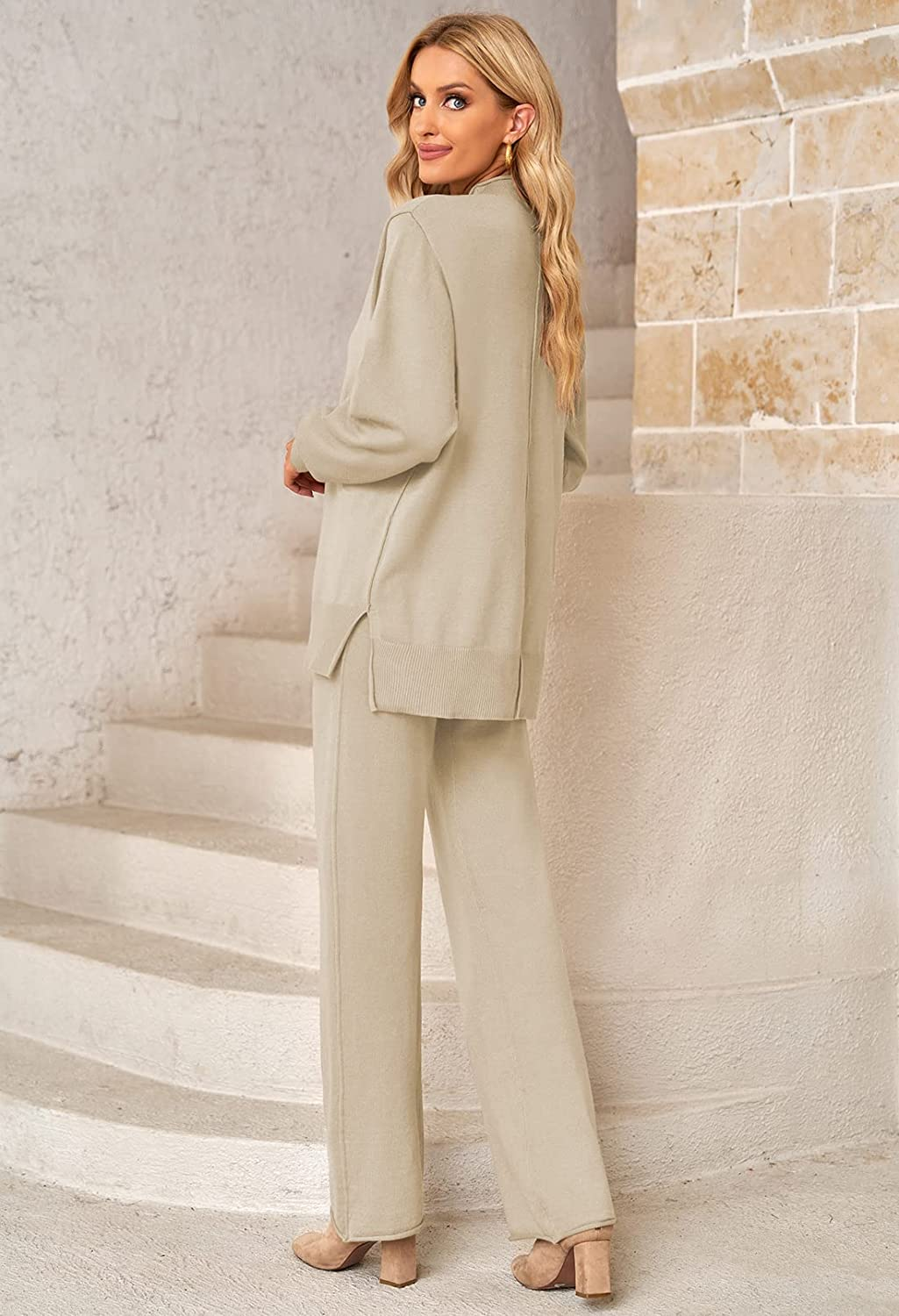
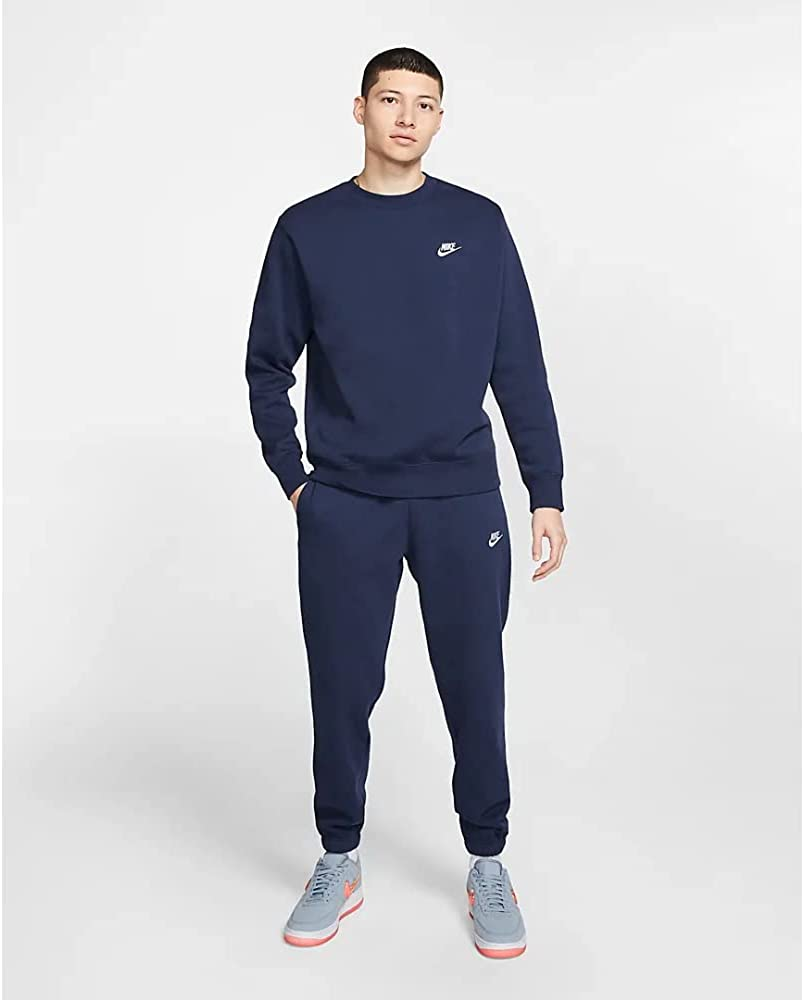
Scarf/shawl/Hoodie:
Airplanes can be chilly, so bring a scarf or shawl to keep you warm.
Sunglasses:
If you’re flying during the day, bring sunglasses to protect your eyes from the sun.
Hat:
If you don’t want to deal with your hair during a long flight, bring a hat to cover it up.
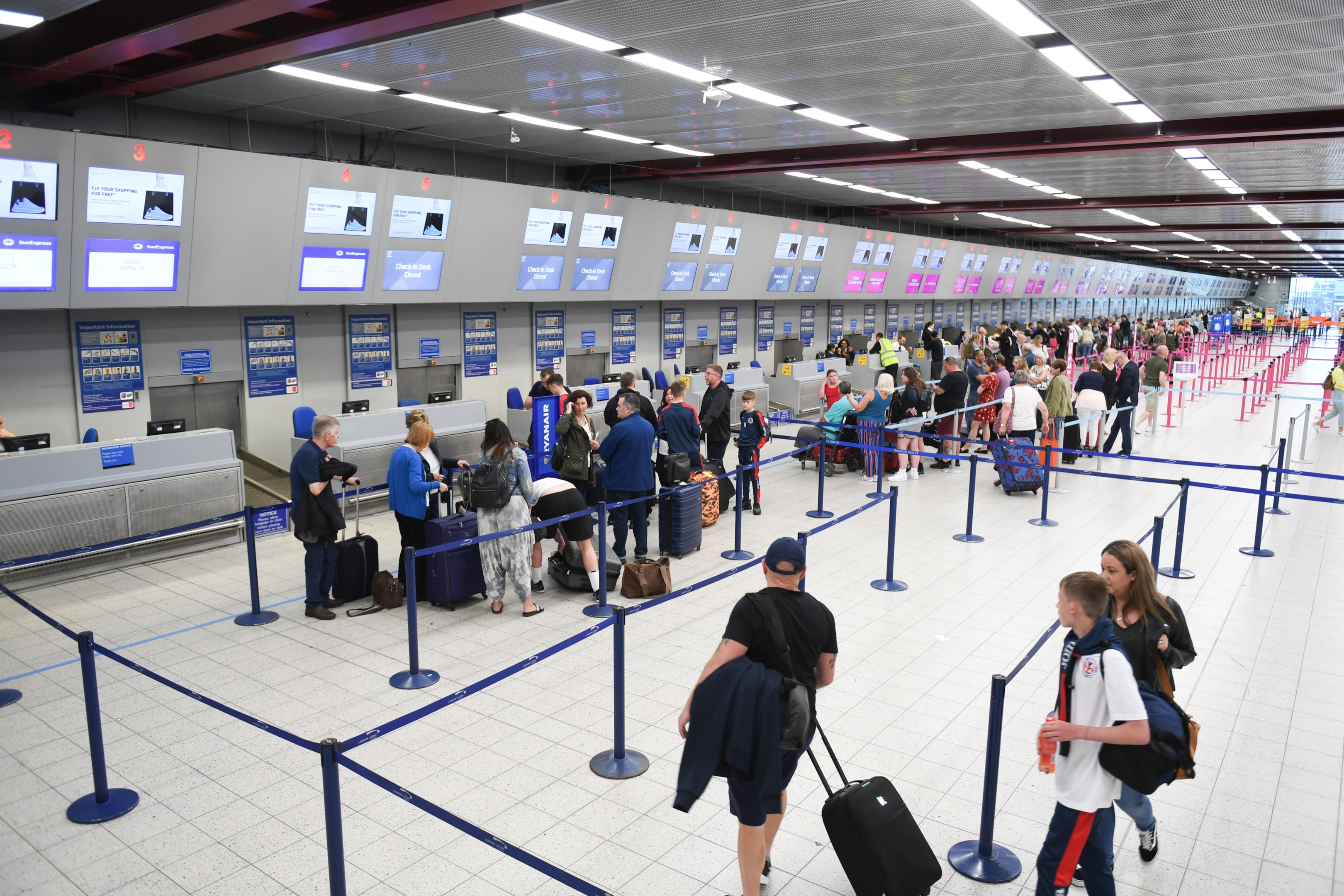
Air Travel FAQ
What do you have to take out of your bag at TSA?
When going through TSA security checkpoints, there are certain items that passengers are required to remove from their bags and place in a separate bin for screening. Here’s a list of items that must be taken out of your bag:
Electronics larger than a cell phone, such as laptops and tablets, must be removed from your bag and placed in a separate bin.
Any liquids, aerosols, or gels that are in your carry-on bag must be removed from the bag and placed in a quart-sized, clear plastic bag for inspection.
Any food items, including snacks and beverages, should be removed from your bag and placed in a separate bin for screening.
Outerwear, such as jackets and coats, must be removed and placed in a bin for screening.
Shoes must be removed and placed on the conveyor belt for screening. Some TSA PreCheck lanes allow passengers to keep their shoes on.
Belts and any items with metal, such as jewelry and watches, must be removed and placed in a bin for screening.
It’s important to note that rules and procedures may vary depending on the airport and the specific TSA checkpoint, so it’s always best to check the TSA website or contact your airline for the latest information.
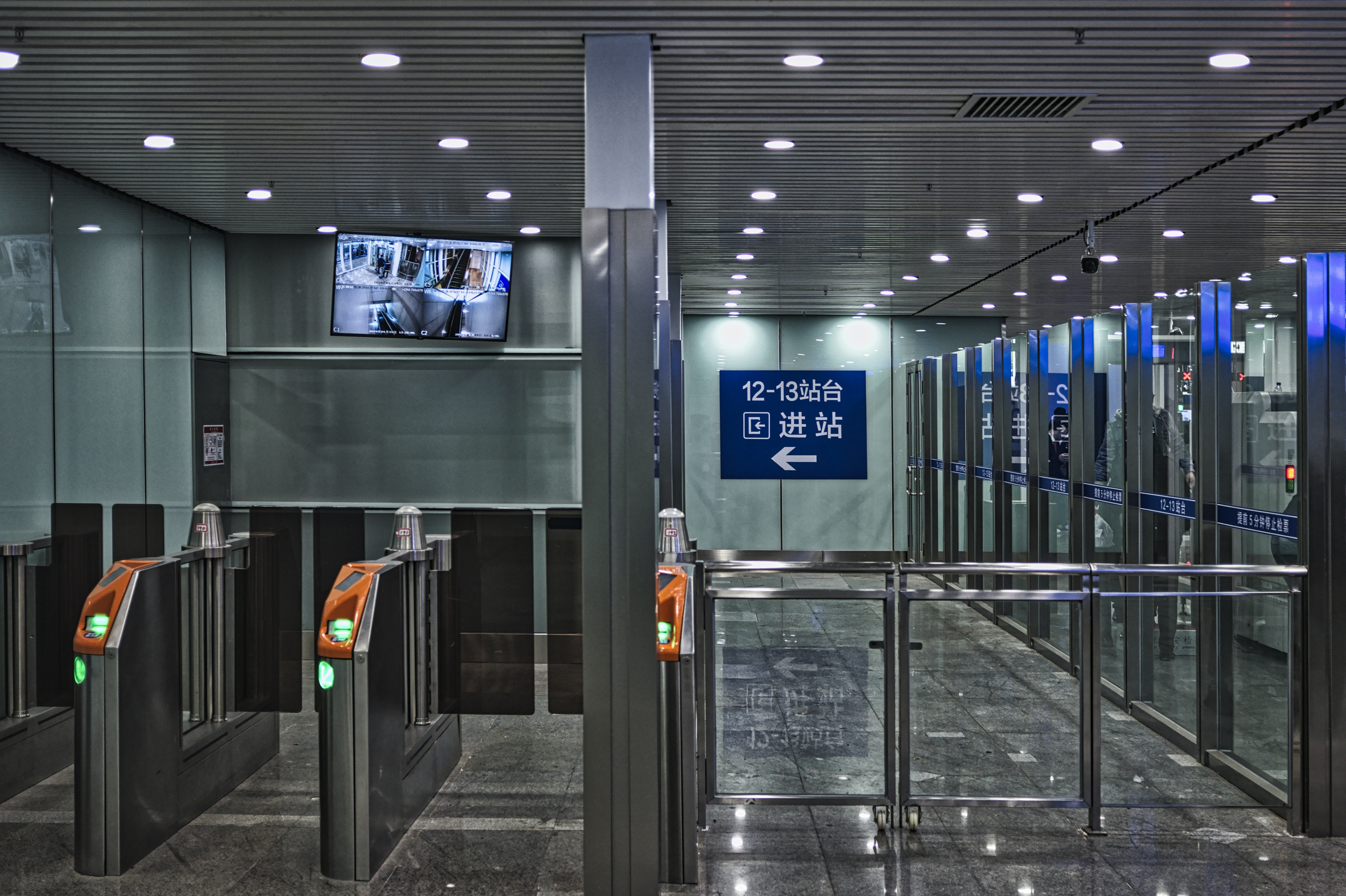
What is allowed in a carry-on bag? What is not allowed in a carry-on?
There are several items that are not allowed in a carry-on bag due to safety and security concerns. Here are some common examples of items that are prohibited in a carry-on bag:
Weapons: Guns, knives, box cutters, and other sharp objects are not allowed in carry-on bags. Exceptions may be made for certain items such as scissors with blunt tips or small pocket knives, but these are subject to TSA discretion.
Explosives: Explosive materials such as fireworks, flares, and gunpowder are not allowed in carry on items.
Liquids over 3.4 ounces (100 milliliters): Any liquid, gel, or aerosol that exceeds 3.4 ounces (100 milliliters) is not allowed in a carry-on bag. This includes items such as shampoo, conditioner, and toothpaste. These items must be placed in a checked bag or purchased after the security checkpoint.
Flammable items: Items such as lighter fluid, gasoline, and propane are not allowed in a carry-on bag.
Hoverboards: Self-balancing hoverboards are not allowed on airplanes due to the risk of fire.
Other prohibited items: Other items that are not allowed in a carry-on bag include tools, sporting equipment such as baseball bats and hockey sticks, and certain chemicals.
It’s important to note that the list of prohibited items can vary depending on the airline and airport, so it’s always best to check with your airline or the TSA website for the latest information.
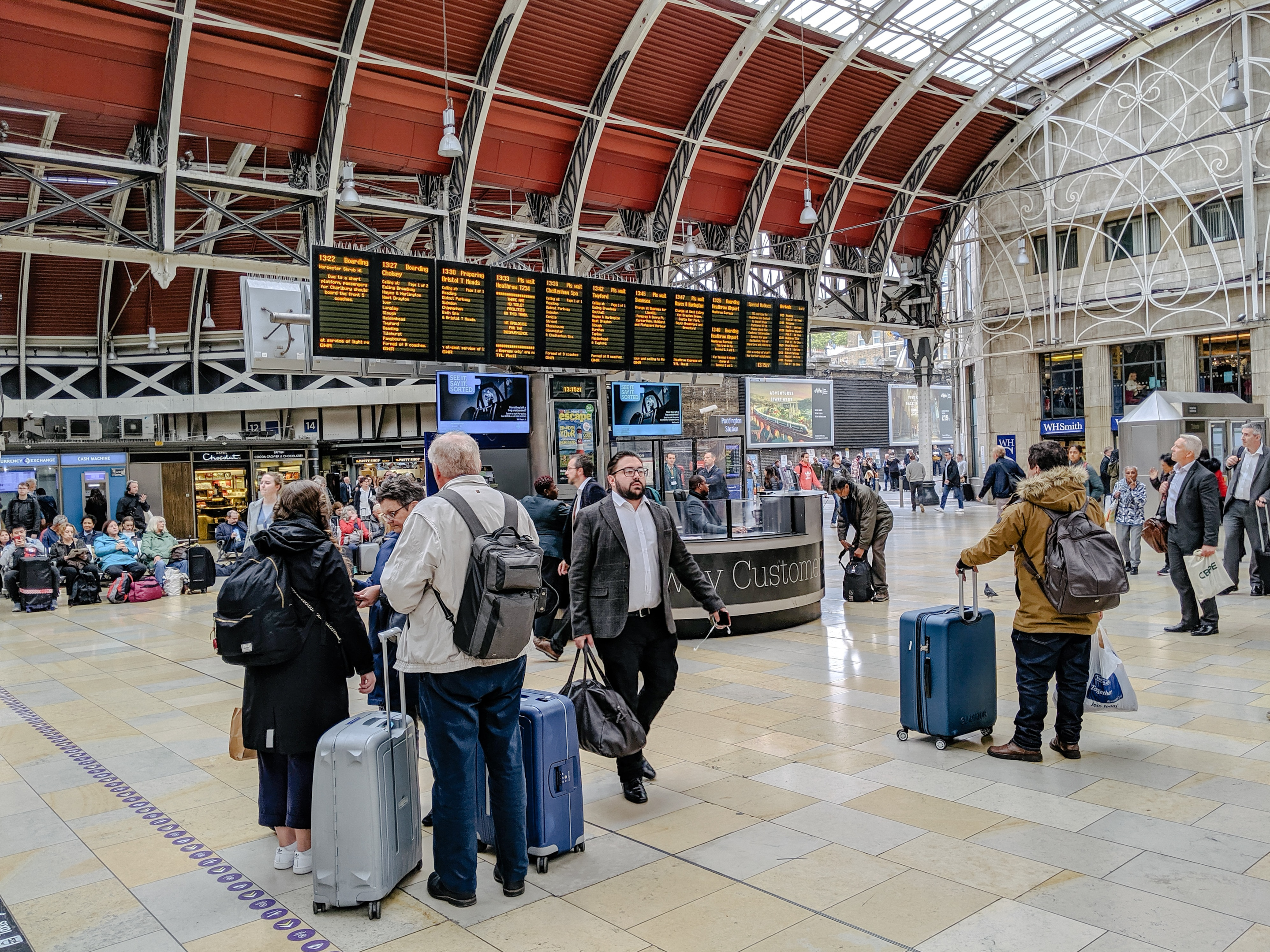
What are the rules for packing for a flight?
The TSA (Transportation Security Administration) has specific rules for packing when traveling by air. These rules are designed to ensure the safety of all passengers on the flight. Here are some TSA rules for packing for a flight:
Liquids: All liquids, gels, and aerosols must be placed in containers that hold 3.4 ounces (100 milliliters) or less per item. These containers must be placed in a clear, plastic, quart-sized bag, with only one bag per passenger.
Electronics: Laptops, tablets, and other electronic devices larger than a cell phone must be removed from your carry-on bag and placed in a separate bin for X-ray screening.
Clothing: Outerwear, such as jackets and coats, and shoes must be removed and placed in a bin for screening.
Personal items: Personal items such as wallets, keys, and phones can be kept in your pocket or carry-on bag.
Restricted items: Certain items, such as weapons and flammable materials, are prohibited and cannot be brought on board an airplane. You also cannot check any bag that has lithium ion batteries.
Medications: Prescription medications, medical equipment, and other medically necessary items are allowed in carry-on bags. It’s a good idea to carry a doctor’s note or prescription for any medications.
Gifts: If you’re traveling with gifts, it’s best to leave them unwrapped in case they need to be inspected by TSA officers.
It’s important to note that rules and procedures may vary depending on the airport and the specific TSA checkpoint, so it’s always best to check the TSA website or contact your airline for the latest information.
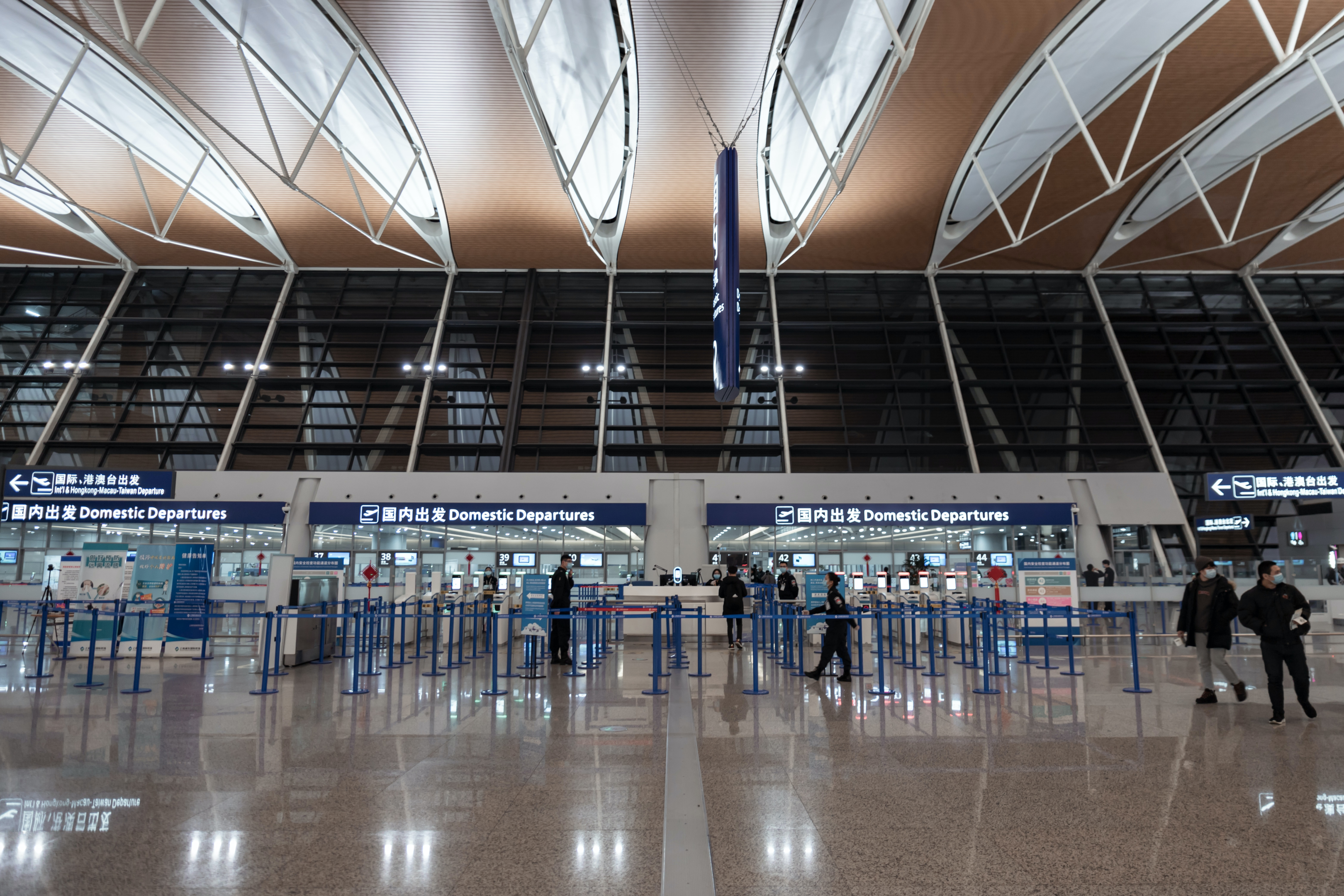
Conclusion
I hope this packing list was helpful to you and your packing adventure. Whether you are going on a business trip, traveling on domestic flights or international flights. If there is anything you forgot on your long haul flights ask the flight attendant for help. They may be able to sell you something or give you what you need.

